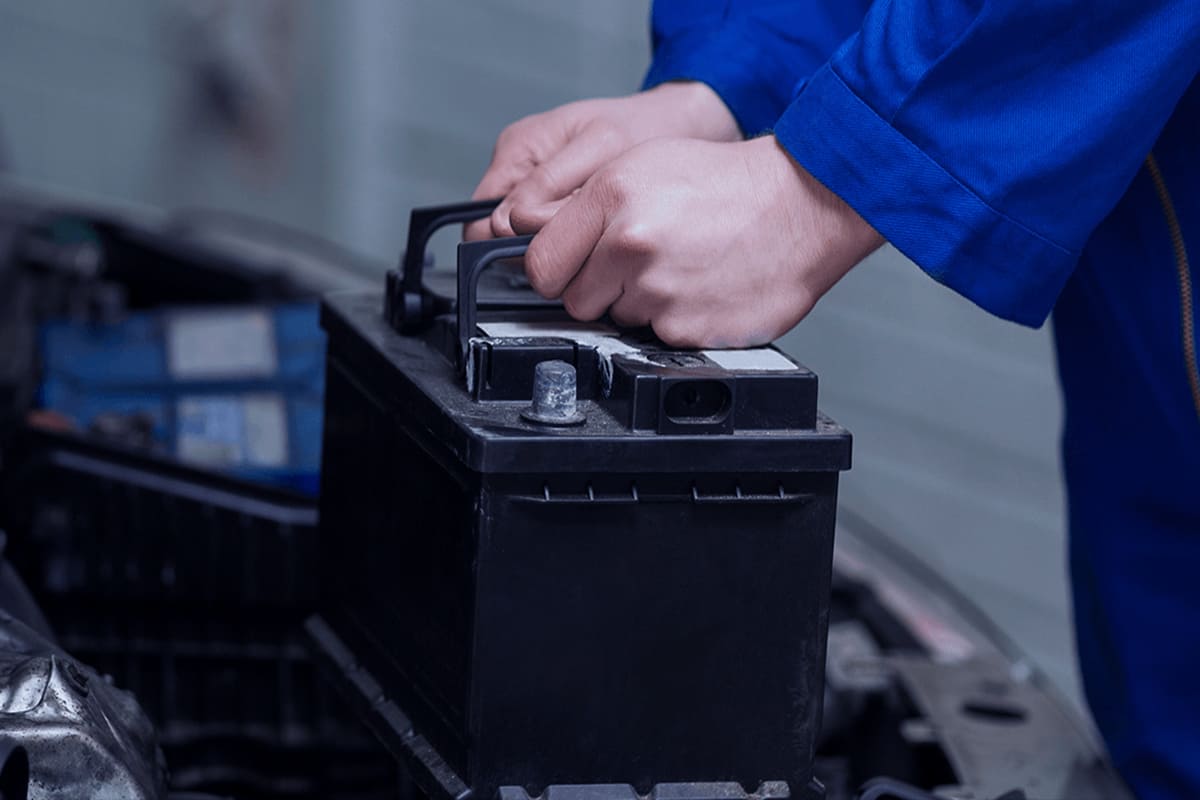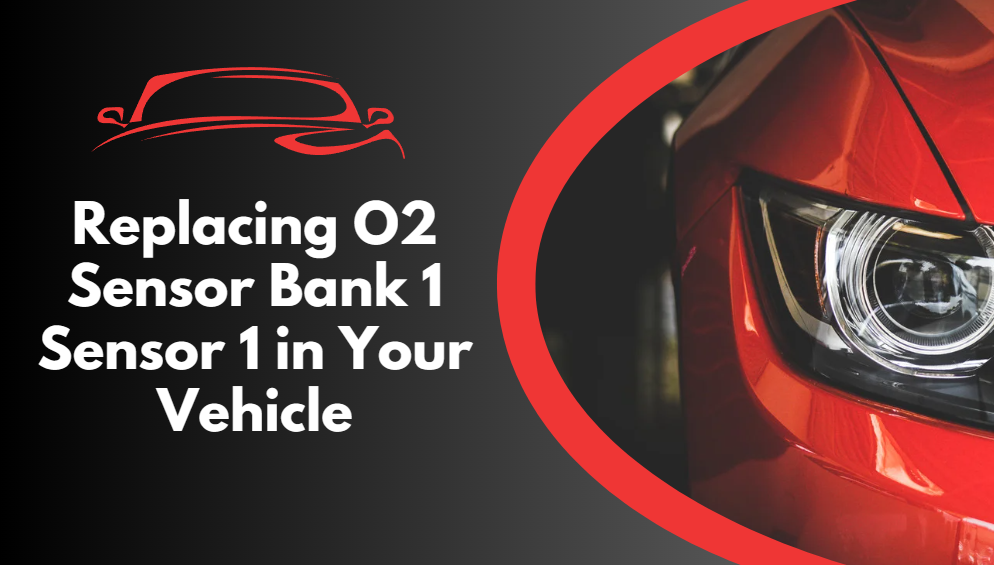When your car's engine starts acting up, and you suspect a blown fuel injector fuse, you want answers, and you want them now. While the owner's manual does contain this information, let's be real – sometimes it's not readily available. This guide will give you some concrete places to start your search for that all important fuel injector fuse.
Specific Locations to Check
In a large number of sedan and smaller SUV models, the primary fuse box is often located inside the cabin, tucked away on the driver's side. Get down near the pedals and look for a small access panel, usually made of plastic. This panel might have a latch or a couple of tabs you need to press to open it. Sometimes, it's situated to the left of the steering column, down near where your left knee might rest.
Another very common location for the main fuse box, especially in trucks, larger SUVs, and some older vehicles, is under the hood in the engine compartment. Pop the hood and take a look around. You're searching for a black plastic box, typically rectangular, that could be on either the driver's side or the passenger's side of the engine bay. It's often positioned near the battery or close to the firewall (the metal partition between the engine and the passenger cabin). This box will usually have a secure lid with clips or screws holding it in place.
In some less common scenarios, particularly in certain European models or vehicles with more complex electrical systems, you might find a secondary fuse box. This could be located in the trunk, often behind a side panel or under the floor covering where the spare tire is stored. So, if you've checked the usual spots and still haven't found it, don't rule out the trunk just yet.
Deciphering the Fuse Box Diagram
Take a close look at the inside of the fuse box lid. You should find a diagram printed or sometimes even embossed into the plastic. This diagram shows the layout of all the fuses and relays within that specific box.
Now, start scanning the diagram for labels related to the fuel system. Common labels to look for include "Fuel Injector," often abbreviated as "INJ." You might also see terms like "EFI" for Electronic Fuel Injection, "Fuel Pump/Injectors" which indicates the fuse protects both components, or even a more generic label like "Engine Control Module (ECM)" or "Powertrain Control Module (PCM)" as these modules often control the fuel injectors and their power supply.
Pay attention to the symbols and numbers on the diagram as well. Each fuse location will correspond to a specific symbol and label. Once you find a label that seems related to the fuel injectors, note the fuse number or letter indicated on the diagram. Then, look at the actual fuses in the box and find the one in that corresponding position. The fuse itself will also have a number printed on it, indicating its amperage rating (e.g., 10A, 15A, 20A). This rating should match the one specified in the diagram for the fuel injector fuse.
Related Reading: 7 Tips for Using Your Car Scanner Dashboard to Diagnose and Prevent Vehicle
Recognizing the Tell-Tale Signs of a Blown Fuel Injector Fuse
When that little fuel injector fuse decides to call it quits, it can cause a surprising number of issues with your engine's performance. One of the most obvious signs is that your car simply won't start. You might hear the engine cranking, that whirring sound as the starter motor tries to turn the engine over, but it just won't catch and fire up. This happens because the fuel injectors aren't getting the electrical power they need to spray fuel into the combustion chambers.
Another common symptom is an engine that cranks for an extended period before finally starting, or perhaps it starts but runs very roughly. You might experience noticeable engine misfires, where the engine feels like it's skipping or stumbling. This can also lead to a significant loss of power, especially when you try to accelerate. Your car might feel sluggish and unresponsive.
You might also notice your engine idling erratically. Instead of a smooth, steady hum, the engine might surge up and down in RPMs or feel shaky and unstable. This is because some of the cylinders might not be receiving the correct amount of fuel due to the faulty fuse affecting some or all of the injectors.
Keep an eye out for a drop in your car's fuel efficiency as well. If the engine isn't running optimally due to a lack of proper fuel delivery, it will likely consume more fuel than usual to try and compensate. Finally, the dreaded check engine light on your dashboard might illuminate. While this light can come on for a variety of reasons, a blown fuel injector fuse is certainly one potential cause.
Leveraging Your Car Scanner for Fuel Injector Diagnosis
While a blown fuel injector fuse will cut off power to the injectors entirely, issues with the injectors themselves can also cause similar engine problems. You can plug this device into the OBD-II port, which is usually located under the dashboard on the driver's side.
Once connected, the car scanner can read diagnostic trouble codes (DTCs) stored by your car's computer. If there's a problem with the fuel injector circuit, the scanner might display codes like P0200 (Injector Circuit Malfunction) or more specific codes indicating a problem with a particular injector (e.g., P0201 for Injector Circuit/Open - Cylinder 1).
It's important to understand that a code pointing to an injector doesn't definitively mean the fuse is blown. However, it gives you a strong indication that there's an issue within the fuel injector system. Checking the fuel injector fuse becomes a logical first step in the troubleshooting process when you see such codes. If the fuse is intact, the problem might lie with a faulty injector, damaged wiring connecting to the injector, or a problem with the engine control module itself. The car scanner helps you narrow down the possibilities and guides your diagnostic efforts.
The Vital Role of This Seemingly Small Fuse
Don't let its size fool you; the fuel injector fuse plays a critical role in safeguarding your car's fuel delivery system. Its main job is to act as a protective barrier, preventing electrical overloads from reaching and potentially damaging the delicate fuel injectors. Fuel injectors are precision electronic devices that are responsible for spraying the exact amount of fuel into the engine cylinders at precisely the right moment.
If there were no fuse in place, a sudden surge of electricity, perhaps due to a short circuit in the wiring, could send excessive current through the injectors. This could overheat and ultimately destroy the internal components of the injectors, leading to costly replacements. The fuel injector fuse is designed to be the weakest link in the circuit. When an overcurrent occurs, the thin wire inside the fuse melts and breaks the circuit, stopping the flow of electricity before it can reach and harm the injectors.
Conclusion
Finding your fuel injector fuse doesn't have to be a daunting task. Always replacing a blown fuse with one of the exact same amperage rating. If you encounter persistent issues or if the fuse continues to blow, seeking professional help from a qualified mechanic is always the best course of action to ensure the proper diagnosis and repair of your vehicle.
FAQs
Where exactly under the dashboard should I look for the fuse box?
Typically, on the driver's side, look for a panel that's either directly below the steering wheel or to the left of the pedals, down near where your left foot rests. It might be a small, rectangular or square cover that you can pry open or has a latch.
What if the fuse box diagram doesn't clearly label a "Fuel Injector" fuse?
Look for alternative labels like "EFI," "Fuel Pump/Injectors," or "Engine Control." Sometimes, you might need to cross-reference with the amperage rating listed in the diagram, as the fuel injector fuse often has a specific rating (e.g., 10A, 15A).
If I replace the fuel injector fuse and my car runs fine, am I all set?
If your car starts and runs normally after replacing the fuse, that's a good sign. However, if the fuse blew in the first place, there might be an underlying electrical issue that caused it to fail. Keep an eye on your car's performance, and if the fuse blows again, it's crucial to have the electrical system inspected by a mechanic to identify and fix the root cause of the problem.




Leave a comment
This site is protected by hCaptcha and the hCaptcha Privacy Policy and Terms of Service apply.